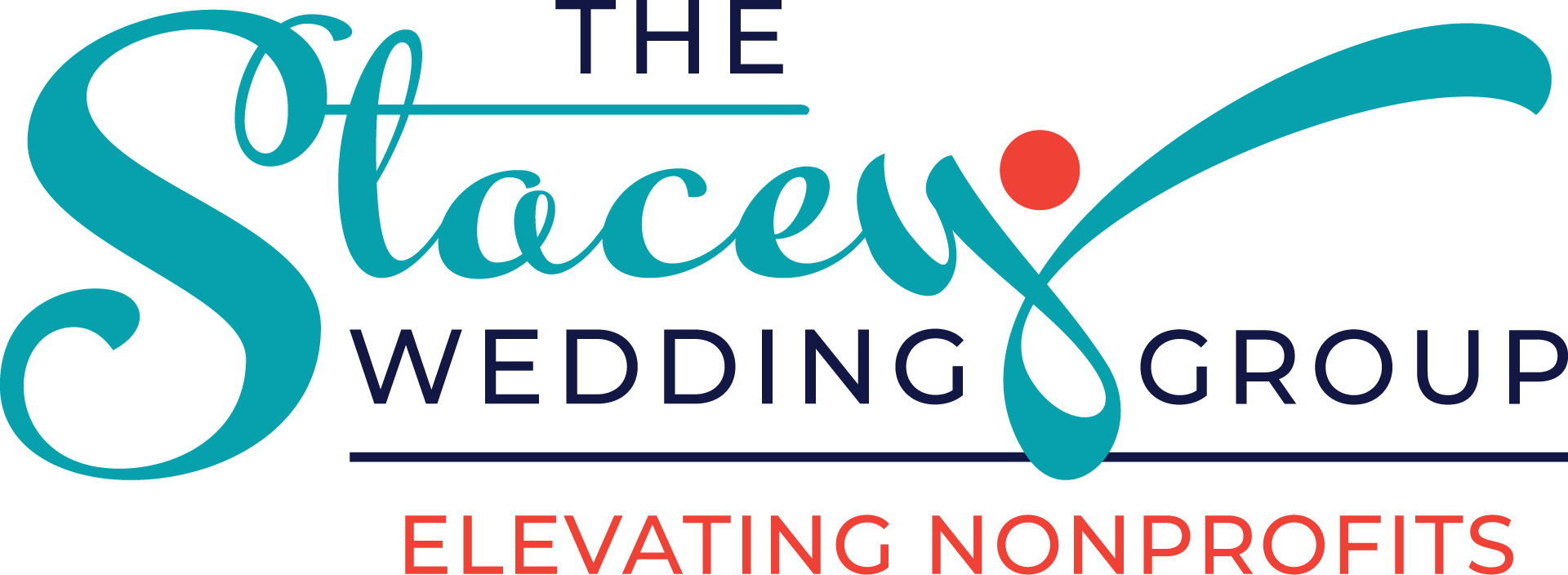Ah, the Board. We love them, don’t we? It’s the paternal love we have for the people who make the life of our organization possible and take fiduciary responsibility for that life. It’s sort of like having a child, isn’t it? Perhaps even more than the Board may realize. Sure, we don’t call it fundraising when it’s your own kid, but there are certainly funds to raise. You pay to get them through school; you pay to feed them and clothe them; and you make an investment in them so the rest of the world will know they’re worth the investment later. That’s a key point of advocacy (and one that not all board members understand).
Here at Professionals in Philanthropy, we hear all the time that the Board isn’t comfortable with fundraising; that they already give their time and don’t need to give their own money; that the Board is made of community members from more modest income brackets (with friends from modest income brackets); or [insert other excuse that cannot explain the lack of board involvement in this crucial aspect of the organization]. At the end of the day, financial investment leads to a stronger commitment from the Board, and it sends a clear message to other potential donors: we all want to give as much as possible to support this great cause, and you should, too!
So what can you do? We’re offering a few tips in conjunction with Pamela Grow to begin budging your Board towards accepting a culture of fundraising.
1. If your butt has a seat on the Board, there are no buts about a personally meaningful gift.
Every board member should give! Yes, we’re talking about 100% board giving with no exceptions. If they have any expectation of being able to ask others to give, it has to be something they find worth the financial investment themselves. It makes them more committed, and makes any ask for a gift more meaningful. End of story.
Now, this does not mean that every member needs to make a $50,000 gift. Here at PiP, we only suggest that it be personally meaningful to the individual. If it takes monthly payments to reach an end goal, that’s alright! So long as members are giving in a way that is meaningful to them. New trends are demonstrating the success of a give-get policy. If your Board has a $1,000 gift requirement for members, they can give the $250 they can afford, and will be expected to “get” the rest through personal fundraising.
2. Remember that there are two S’s in fundraising: solicitation AND stewardship.
Sure, board members are uncomfortable with the idea of asking for money. But who could be uncomfortable with the idea of saying, “Thank you!” Retaining donors is as important (if not more so) than gaining new ones. It’s easier to keep a donor than it is to find a new one, and making them feel appreciated is an important component to ensure they stick around.
It’s a win-win! Your donors feel good about the special attention, and your board members feel good about participating in such a low pressure (but still important) part of the fundraising process. Give them a few names to call, or a few cards to write: these are actionable and simple steps to get them involved.
3. Remember that Rome wasn’t built in a day…or two.
Here at PiP, we’re often met by frustrated organization members who can’t understand why their Board doesn’t “get” fundraising. However, when asked what steps have been taken to educate the Board, we find that a single board retreat was not enough to transform each member into a part-time development officer.
Work on consistently training your members! Sure, a retreat is a great start for fundraising principles, but so is the foundation for a building. You can’t stop there. Send training articles; take a few minutes at meetings to brush up on a new fundraising technique or task; bring them on a solicitation, so they can watch you work; and reward them for the positive strides they make. If it becomes a consistent part of your board workings, then it can become a part of your board culture.
4. There are still pieces to every puzzle.
Together the Board makes a pretty picture (and if they don’t, that’s a topic for another post), but that picture is still made of individual components. Treat them as individuals and meet with them one on one. Train and explain on an individual basis, and it can make great strides in the results you see from the board as a whole.
AND AS A PiP EXTRA…
5. Put each member in the right seat on the fundraising bus.
It can be a long ride with these folks, so try to make it as painless as possible. There are certainly different roles to be filled by a Board. Who is good at identifying potential donors, who can make the ask, who can steward existing donors, who can ask for a renewal, who can organize events, who can get people to attend, etc. etc. etc.? There are so many roles to be filled, and there are so many ways to fill them. To be the best organizations we can be, we NEED to ask for board involvement in fundraising…and we can also make sure that the involvement is strategic, productive, and strengths-based.
Here at PiP we have the utmost confidence that you have the potential to budge even the most stubborn Boards. No, that does not mean it will be easy, but it will be worth it. As always, let us know if there are any questions we can answer or any assistance we can provide! Best of luck with all the budging!
